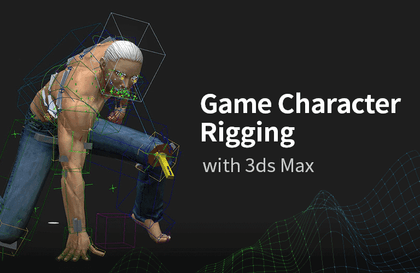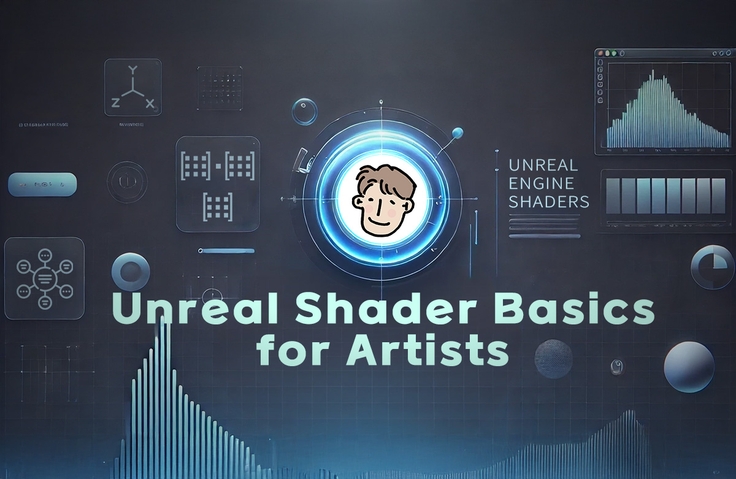
3ds Max Rigging Fundamentals for Game Characters
ck
Covers the basic concepts, controllers, and applications of 3ds Max rigging for game characters. Based on 3ds Max 2021. (Max Script not covered.)
초급
3ds MAX, Rigging, Character Design
This is a good lecture for artists looking to get into shaders, and artists who know shaders but lack fundamental skills.

Unreal Engine Shader Basics
Concept of UV and Control
Vector Concept and Application
PBR and HDR
Who is this course right for?
Artists looking to learn shaders
Aspiring Game Development Technical Artist (TA)
3D Game Effector
Need to know before starting?
Basic Usage of Unreal Engine
1,441
Learners
68
Reviews
4.9
Rating
4
Courses
청강문화산업대학교는 남양알로에(現유니베라) 창업자인 故이연호 선생이
자연사랑, 인간사랑, 문화사랑의 교육이념 위에 사람을 사랑하며 참사랑을 키워내는
숭고한 교육이념을 실천하고자 설립한 학교입니다.
All
25 lectures ∙ (9hr 40min)
Course Materials:
9. Material Function
33:10
19. Debug Node
15:56
20. Gamma and sRGB
14:22
All
6 reviews
5.0
6 reviews
Reviews 4
∙
Average Rating 5.0
Reviews 1
∙
Average Rating 5.0
Reviews 1
∙
Average Rating 5.0
5
I really enjoyed the course. It helped me build a solid foundation! I appreciated how you explained things in a way that's easy for artists to understand - the attention to detail really showed. If you create an intermediate to advanced Unreal shader course, I'll be sure to sign up. Thank you!
Reviews 2
∙
Average Rating 5.0
Reviews 1
∙
Average Rating 5.0
Limited time deal ends in 6 days
$107.80
29%
$152.90
Check out other courses by the instructor!
Explore other courses in the same field!